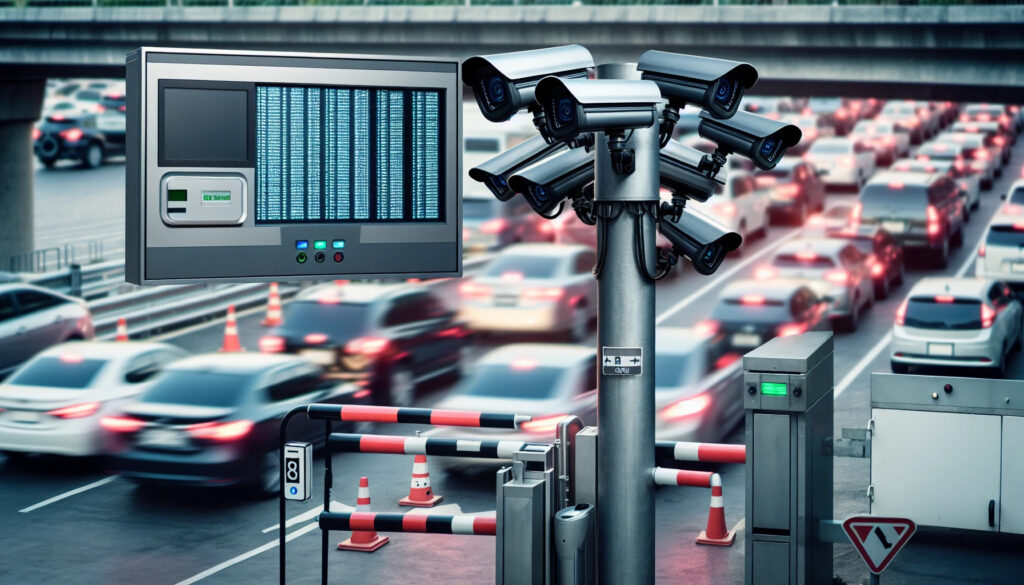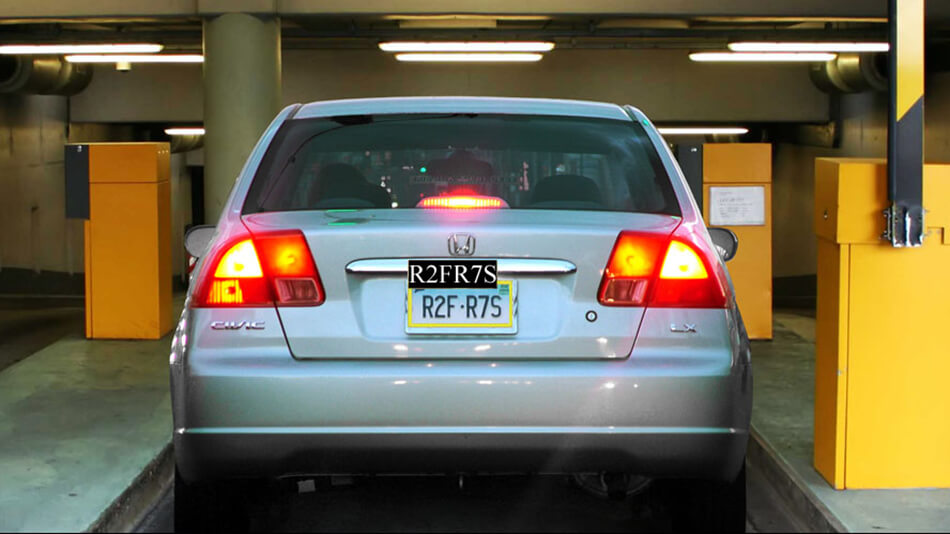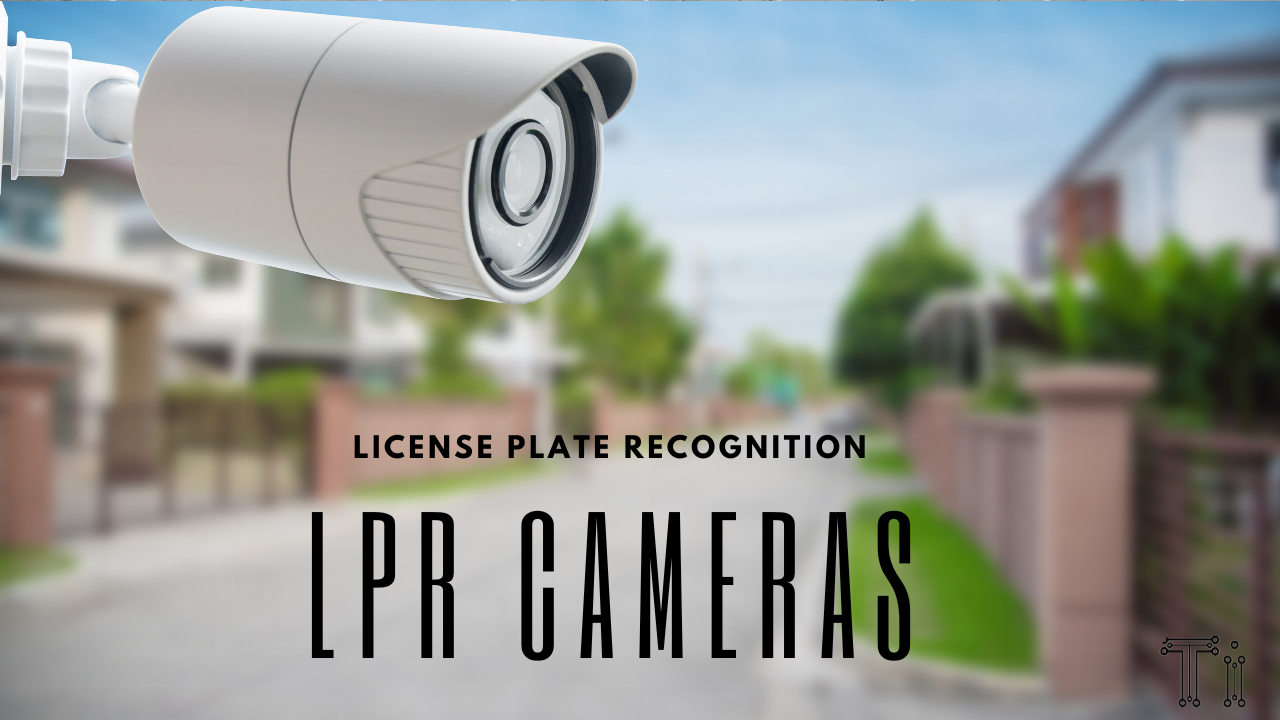The Evolution of License Plate Recognition Technology: From Analog to AI
In today’s rapidly advancing technological landscape, innovations continue to reshape various facets of our lives, with license plate recognition (LPR) technology standing as a testament to this progress. What initially began as a rudimentary means of vehicle identification has evolved into a sophisticated system powered by artificial intelligence (AI). In this comprehensive exploration, we will trace the trajectory of license plate recognition technology, from its humble analog beginnings to its transformative AI-driven present, and examine its profound implications for businesses and society.
Table of Contents
Understanding Analog License Plate Recognition:
Before the digital revolution, license plate recognition cameras relied on analog systems, often called Automatic Number Plate Recognition (ANPR). These systems employed cameras and specialized hardware to capture images of license plates, followed by manual or semi-automated processes to extract and analyze the alphanumeric characters.
While analog LPR systems represented a significant advancement at the time, they were plagued by limitations in accuracy and efficiency. Factors such as poor lighting conditions, vehicle speed, and occlusions could hamper the system’s ability to accurately read license plates, leading to errors and false positives.
Transition to Digital LPR Technology:
The advent of digital imaging technology marked a pivotal moment in the evolution of license plate recognition. Digital cameras equipped with higher resolution sensors and advanced image processing capabilities revolutionized LPR systems, enabling them to achieve greater accuracy and reliability.
Digital LPR systems offered several advantages over their analog predecessors:
Improved Accuracy: Digital cameras captured sharper images, facilitating more precise identification of license plate characters.
Faster Processing: Digital image processing algorithms analyze captured images rapidly, reducing the time required for license plate recognition.
Enhanced Flexibility: Digital LPR systems adapted to a variety of environmental conditions, including low-light and high-speed scenarios, resulting in improved performance.

The Rise of AI-Powered License Plate Recognition:
In recent years, the integration of artificial intelligence (AI) has propelled license plate recognition technology to new heights. AI algorithms, particularly those based on deep learning, have revolutionized LPR systems, enabling them to achieve unprecedented levels of accuracy and efficiency.
One of the key advantages of AI-powered LPR systems is their ability to learn and adapt to vast amounts of data. By training on extensive datasets of labeled images, AI algorithms continuously refine their recognition capabilities, even in challenging conditions.
Furthermore, AI algorithms can perform advanced tasks such as vehicle make and model recognition, color identification, and driver behavior analysis, expanding the scope of applications beyond simple license plate recognition.
Business Applications of AI-Powered LPR Technology:
The evolution of license plate recognition technology, particularly with the integration of AI, has catalyzed numerous business applications across various industries. Some of the key areas where AI-powered LPR technology is making a significant impact include:
Security and Surveillance: AI-powered LPR systems are integral to security and surveillance applications, allowing businesses to monitor and track vehicles entering and exiting their premises. From parking facilities to gated communities, these systems enhance security measures and aid in the prevention of unauthorized access.
Law Enforcement: Law enforcement agencies leverage AI-powered LPR technology to facilitate the detection of stolen vehicles, wanted suspects, and vehicles involved in criminal activities. These systems rapidly scan large volumes of traffic data, enabling authorities to identify and apprehend suspects more efficiently.
Parking Management: AI-powered LPR systems are transforming parking management by automating processes such as vehicle entry and exit, payment processing, and space allocation. Businesses can optimize parking utilization, reduce congestion, and enhance the overall customer experience.
Tolling and Transportation: In the transportation sector, AI-powered LPR technology is instrumental in automated toll collection, traffic monitoring, and vehicle tracking. These systems streamline tolling operations, improve traffic flow, and contribute to the development of smarter, more efficient transportation networks.

Challenges and Considerations:
While AI-powered LPR technology offers significant benefits, businesses must address various challenges and considerations:
Privacy Concerns: The widespread deployment of LPR systems raises concerns regarding privacy and data protection. Businesses must implement robust security measures and adhere to relevant regulations to safeguard sensitive information.
Ethical Considerations: The use of AI for license plate recognition raises ethical questions concerning surveillance and individual rights. Businesses must consider the ethical implications of deploying LPR technology and ensure transparency and accountability in its use.
Technical Limitations: Despite advancements in AI, license plate recognition camera systems may encounter challenges in certain scenarios, such as adverse weather conditions or complex environments. Businesses should carefully evaluate the capabilities and limitations of LPR technology before implementation.
Future Outlook:
Looking ahead, the future of license plate recognition technology holds immense promise, with continued advancements in AI expected to drive further innovation. Enhanced algorithms, coupled with advancements in hardware such as high-resolution cameras and powerful processors, will enable LPR systems to deliver even greater accuracy and efficiency.
Moreover, the integration of LPR technology with other emerging technologies such as the Internet of Things (IoT) and cloud computing will unlock new possibilities for applications and services. From smart cities to autonomous vehicles, the potential applications of AI-powered LPR technology are vast and varied.
Conclusion:
The evolution of license plate recognition technology from analog to AI represents a monumental leap forward in the realm of automated systems. AI-powered LPR technology offers unparalleled levels of accuracy, efficiency, and versatility, revolutionizing operations across industries and driving innovation on a global scale.
As businesses continue to harness the power of AI, it is imperative to strike a balance between innovation and responsibility, ensuring that LPR systems are deployed ethically and responsibly. By leveraging AI-powered LPR technology effectively, businesses can enhance security, optimize operations, and deliver superior customer experiences in today’s interconnected world, shaping a future where intelligent systems drive progress and prosperity for all.

